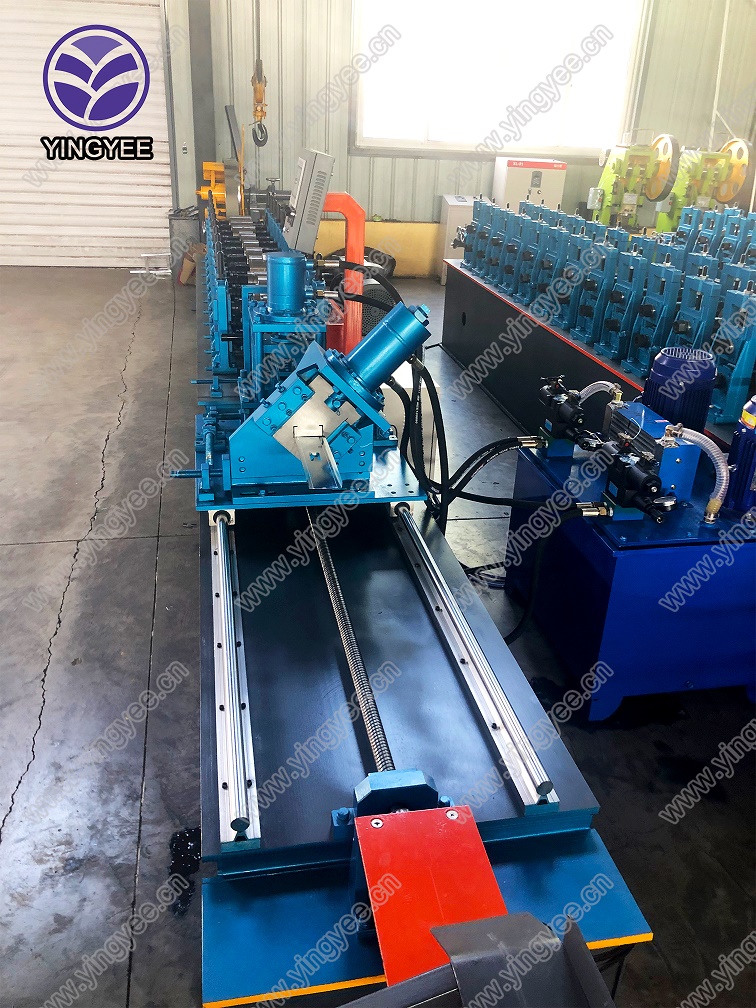
Understanding Coil Slitting Lines A Comprehensive Overview
Coil slitting lines are essential machinery used in the metal processing industry, particularly in the steel and aluminum sectors. These lines are designed to cut wide coils of metal into narrower strips, enabling various applications across multiple industries. With advancements in technology, today's coil slitting lines have become highly efficient and versatile, accommodating a range of materials and thicknesses.
At the core of a coil slitting line is its ability to handle heavy metal coils. Typically, these coils can weigh several tons and have widths ranging from several inches to wide formats over 60 inches. The process begins by uncoiling the metal roll, which is mounted onto an uncoiler. This unit supports the weight of the coil and allows for a controlled feeding of the material into the slitting process.
Once the coil is uncoiled, it is passed through a set of slitting knives. These knives can be adjusted based on the desired width of the final product. The operation can be either rotary or shear cutting, with rotary slitting being the more common method due to its efficiency and ability to produce high-quality edge finishes. The slitting blades are typically made from high-speed steel or carbide materials to withstand wear and maintain sharpness over time.
Following the slitting process, the narrow strips of metal—now referred to as slit coils—are wound into smaller coils using a recoiler. This recoiling process is crucial as it ensures that the strips are well-packaged for storage and transportation. These slit coils are lightweight and easier to handle than their original wide format, making them ideal for further processing or direct shipment to manufacturers.

Coil slitting lines are equipped with various features to enhance productivity and safety. For instance, many modern lines incorporate digital controls for precise adjustments. Such automation improves the accuracy of cuts, reduces waste, and increases overall production efficiency. Additionally, safety mechanisms are built into the design to protect operators, including emergency stop buttons, safety guards, and advanced monitoring systems.
The applications of slit coils are vast. Industries such as automotive, construction, and appliance manufacturing utilize these narrow metal strips for their products. For example, in the automotive sector, slit coils are often used to produce parts like brackets and frames due to their strength and lightweight properties. Similarly, the construction industry relies on slit coils for structural components and sheeting, while appliance manufacturers use them in the fabrication of various household items.
Moreover, the demand for customized slitting services has increased, prompting service providers to adapt their equipment. Some coil slitting lines now offer the ability to produce coils with different edge conditions, including deburred edges, to meet specific customer requirements. This trend reflects the importance of flexibility in modern manufacturing processes, enabling businesses to respond swiftly to market changes.
In summary, coil slitting lines are integral to the metal processing industry, transforming wide coils into valuable products tailored to specific applications. With continuous innovations, these lines contribute significantly to enhancing production efficiency, reducing waste, and meeting the evolving demands of various sectors. As technology advances, we can expect further enhancements in the capabilities and efficiency of coil slitting lines, solidifying their role as a cornerstone of modern manufacturing.